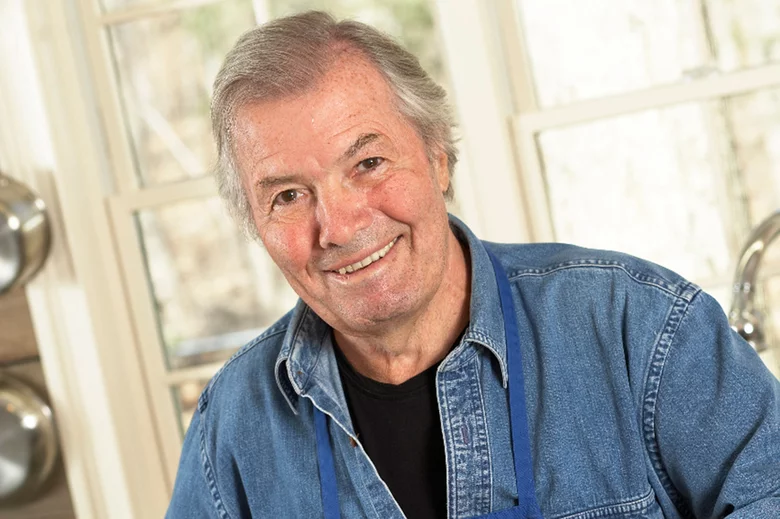Both wild Sockeye and wild King salmon are in the market now, and available fresh and will be until late September or early October. Both types of wild Pacific salmon are a true delicacy, and very healthy. They are high in omega-3 fatty acids and vitamin D and low in omega-6 and saturated fats. But King salmon is sometimes as much as twice the price of Sockeye. So which variety should you choose?
In Northern California most of the King salmon comes from California, Oregon and Alaska. The local King salmon is exceptionally rich and has a creamy texture. It has a mild flavor, and is almost slightly sweet. But it’s the buttery texture that makes it so prized. It’s the richest in fat.
Sockeye salmon often comes from Alaska. It’s generally less expensive than King salmon, because it’s harvested at a smaller size and takes less time to grow. It’s also very rich, but has a more intense flavor and firmer texture.
While both fish are delicious and can be used interchangeably in recipes, I seared two pieces to compare them side by side. Looking at the raw pieces you can see the King salmon is paler and thicker, the Sockeye brighter orange, almost red, and thinner.
For me, King salmon was truly king and worth the higher price. The Sockeye has a deeper red color, and a stronger, almost nutty flavor. But if you cook the King gently, you’ll achieve a custard like consistency that is unparalleled.
Both are delicious seared, but I would recommend using Sockeye if you want to make gravlax. It’s color, flavor and texture hold up well to the salt and sugar marinade.
The King is best served very simply to highlight it’s delicate flavor and luxurious texture. I made a compound butter with white miso, honey and orange zest that complemented the fish beautifully.
Friday July 25th, 2014, King salmon will be on sale at Whole Foods for just $11.99 per pound. Enjoy it!
Disclaimer: My thanks to Whole Foods, they supplied portions of King salmon, I purchased Sockeye salmon for this taste test.






